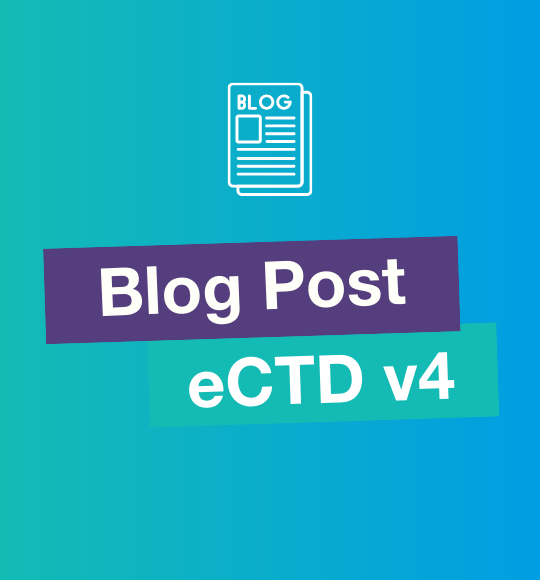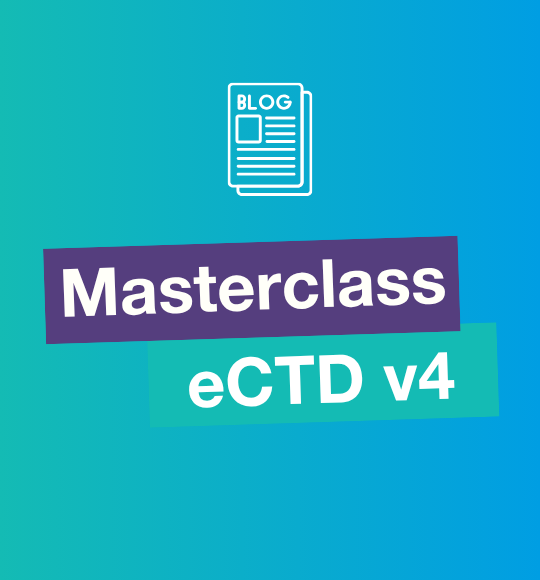On 14 March 2018, the European Medicine Agency (EMA) announced that they would leave the UK and move to Amsterdam. It appears through the quarterly EU summit on 18 October 2018 that the UK’s post-Brexit transition period may be extended until 2021. With approximately 670,000 anti-Brexit protesters marching on Westminster the following Saturday to demand a second referendum, it remains to be seen what will eventually happen. Currently, the Brexit date for the UK to leave the EU is set for 12 April 2019.
How Brexit will eventually be finalized and its rules and implications remain under constant debate. Nevertheless, the EMA and the European Commission have already published guidelines aiming to support the preparation of the pharmaceutical industry for the UK’s withdrawal from the EU. Their approach is based on recommending pharmaceutical companies act in advance, aiming to reduce the Brexit-related impact on continuous and crucial medicine supply for human and veterinary use within the EU.
This article will address potential Brexit-related implications on medicinal product registration. It will also focus specifically on various practical guidances for Brexit-related topics relevant to marketing authorization holders (MAH) of medicinal products in the centralized procedure.
The UK as a ‘Third Country’ – implications on medicinal product registration
The EMA published a Practical Procedural Guidance for Industry (29.1.2018) outlining necessary changes to be made by marketing authorization holders (MAHs) and applicants of centrally authorized products. The guideline aims to allow continued marketing in EEA after Brexit.
The guideline was based on the principle of the UK becoming a “Third country” after Brexit, implying that UK-manufactured medicinal products would be considered imported. This would mean that products released in the UK that have changed ownership before 13 April 2019 and are subsequently owned by EU 27 manufacturers or wholesalers are considered as “placed on the market” and can be distributed in the EU. However, and vice versa, products released in the UK belonging to a UK company after 13 April 2019, will be considered as not "placed on the market” and cannot be distributed in the EU after this date unless they are retested and released in the EU. In such a situation, the MAH will need to specify in the EEA a site of batch control for medicinal products classified as imported medicinal products.
In the site of batch control, the product batch should undergo an assessment upon importation. This will include at least an analysis of all the active substances, a full qualitative analysis, and all other tests and checks necessary to ensure that the quality of the medicinal products is in accordance with the MA requirements.
Practical Guidance for MAH regarding various Brexit-related topics
If the MAH is currently established in the UK, the MAH will need to be replaced with a MAH established in one of the EEA countries. This would require an application for transferring a MA from the current UK-based MAH to a legal entity in the EEA and Proof of establishment for the new MAH within the EEA (the “Transferee”). Implementation periods exceeding six months will be accepted, and the transfer of the marketing authorization must be fully completed by the MAH before 13 April 2019. It is not possible to group several marketing authorizations under one single transfer application. Furthermore, information on fees applicable to transfer applications is available in EMA documentation regarding “Fees payable to the European Medicines Agency.”
There are various guidelines regarding how to handle planned and ongoing regulatory procedures during the MA transfer. Regulatory procedures can run in parallel with the Brexit-related marketing authorization transfer application. In case a transfer application has to be submitted while procedures requiring an immediate Commission Decision are ongoing, MAHs should consider the timelines of the respective procedures and plan in order to avoid a situation where the decision-making processes of the procedures would overlap. In all MA transfer cases, MAHs are strongly advised to contact the Agency in advance of the submission of the transfer application to discuss how to handle planned and ongoing procedures for medicinal products.
The EMA guidelines also highlight various possibilities for the simplification of Brexit-related transfer applications. It is stated that requirements for marketing authorization transfers are embedded in Regulation (EC) No 2141/96 and cannot be waived. However, to simplify the process, the transfer of all UK marketing authorizations can be made to the same legal entity in EEA. A single transfer application will not be available. However, it is possible for MAHs to create a combined version of each required supportive document covering all products affected.
Conclusion
The impact that Brexit will have on the vital and continuous supply of drugs between the EU and the UK remains uncertain. Recommendations have been provided by EMA to the pharmaceutical industry aiming to minimize Brexit-related impacts as much as possible. Pharmaceutical industries are advised to act in advance, to carefully go through the series of Brexit-dedicated guidance documentation, and to regulatory check EMA webpages committed to Brexit consequences. The short and long-term implications of Brexit on the registration of medicinal products remain to be seen.
References:
https://www.ema.europa.eu/en/about-us/uks-withdrawal-eu/brexit-related-guidance-companies

.png)


